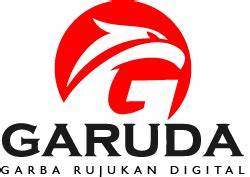Study on Factors Affecting Physicochemical Properties of Spray Dried Mango Powder Using Taguchi Experimental Design Approach
DOI:
https://doi.org/10.33005/ijeise.v2i01.34Keywords:
Mango powder, Spray drying, Taguchi approach, physicochemical propertyAbstract
Mango is a common fruit in tropical countries. Due to its short shelf-life, it is important to study alternative preservation and consumption methods. In this study, concentrated mango juice was used to produce mango powder by using spray drying process. Four process parameters with three levels variation each, including initial total soluble solid content (13, 14, 15◦Brix), maltodextrin content (20, 25, 30% w/w), inlet air temperature (170, 190, 210◦C), and atomization pressure (4, 5, 6 bar) were studied. Taguchi approach of L-9 (34) array was used to design the experiments. Powder yield, moisture content, color difference, and solubility of the mango powder were investigated. It was found that maltodextrin content was the greatest factor affecting powder yield and color difference. The highest powder yield was 31.81%, and the least color difference (∆E) was 3.17. Inlet air temperature and atomization pressure were the most important factor affecting to moisture content and solubility, respectively, in which average moisture content was 2.98% (w.b.) and the highest solubility value was 94.66%. For the overall production process, it was concluded that maltodextrin content was the most important parameter, while total soluble solid content provided the least impact on spray dried mango powder properties.










